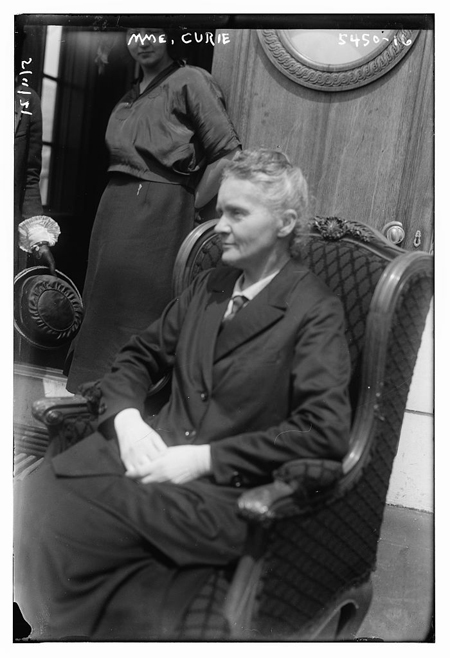Primary Source Spotlight: Marie Curie
Marie Curie was a brilliant and dedicated scientist who coined the term radioactivity. Her husband Pierre, also a scientist, was so excited about her research that he put his work on hold to help her make quicker progress on hers. In 1898 they discovered two new elements which they named polonium and radium. The Curies went won the 1903 Nobel Prize in Physics (shared with Henri Becquerel whose work they had built on) and Marie won the 1911 Nobel Prize in Chemistry.
Primary sources
- Marie Curie image set
- Letter from Marie Curie to Alexander Graham Bell September 28, 1903
- “A New Chemical Element“New-York Tribune (New York [N.Y.]), 17 Dec. 1899
- Historical U.S. newspaper coverage
Secondary sources
- Famous Couples: Marie and Pierre Curie Headlines & Heroes February 16, 2022
- Marie Curie: A Gift of Radium Inside Adams blog March 10, 2015
- Marie Curie & the Science of Radioactivity American Institute of Physics
- “The Life of Marie Curie: Biographer of Scientist Address Library Audience” Library of Congress Information Bulletin June 1998
- A Tribute to Nobel Laureate Madame Marie Sklodowska-Curie 4 Corners of the World blog November 7, 2017
- Marie Curie the Scientist Marie Curie Charity
Related resources
- Radium primary source set
- Radium mentions in Chronicling America includes many 20th-century advertisements
- Learning from the Source: Science Radium Romp primary source learning activities

